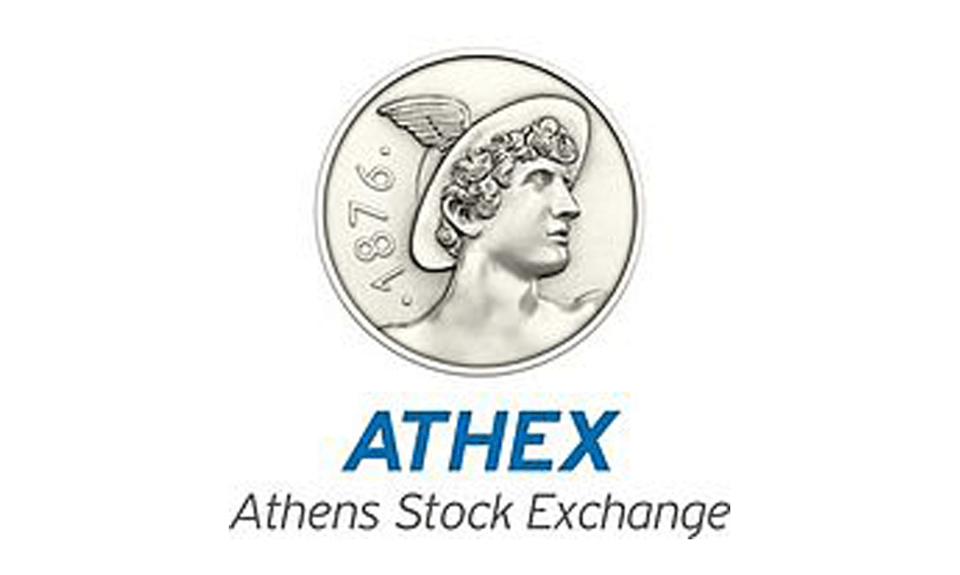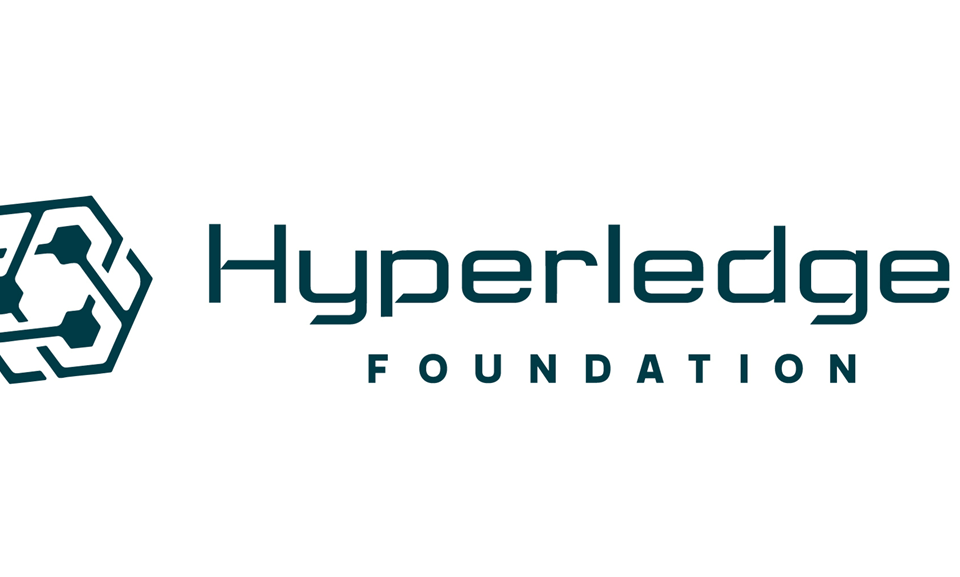What Is Blockchain?
Blockchain is a shared public ledger technology that is used to securely store transactions across a cloud of self-regulating computers commonly known as nodes. It comprises a decentralized distribution of a chain and gives access to everyone who has the public and private keys for the transactions.
Blockchain helps reduce the risks of fraud and brings transparency to the network so that no one is locked out. That’s the reason why this technology has a huge amount of applications in almost every industry.

How Blockchain Works
The chain of blocks contains information about the transactions. Each block in the chain includes the cryptographic hash (i.e. a mathematical algorithm) of the previous block. Any transaction written into a block requires endorsement from most of the nodes in the network.
The database in the Blockchain is managed independently using a peer-to-peer system along with a distributed timestamping server. For a secure digital transaction, both the public and private keys work together and create a digital signature using which traders own the transacted amount.
Types of Blockchains
Blockchains can be divided according to their network building process. However, the ways to establish a Blockchain network can be public, private, permissioned, and consortium. At this time, consortium is the most accepted model for its ease of use.
- Consortium Blockchain: In a consortium blockchain, the consensus process can be controlled by multiple organizations. These organizations can share the responsibilities of maintaining the Blockchain.
- Private Blockchain: A private blockchain network is controlled by a single organization. Only that single organization determines the readers of the transactions and allows contributors to join the consensus process. The organization is also responsible for deciding who can submit transactions to the network.
- Semi-Private Blockchain: Just like the Private Blockchain, Semi-Private Blockchains are run by a single company but that company holds the right to grant access to any user who complies with their pre-determined criteria.
- Public Blockchain: Public Blockchains such as Bitcoin and Ethereum are permissionless and can be accessed by anyone. All the transactions made on this kind of Blockchain are public, yet the users can remain anonymous if they want.
Key Elements of Blockchain
To grasp the mechanism of Blockchain technology, we need to conceptually understand the three key elements underlying it: distributed ledger, immutability, and smart contracts.
- Distributed Ledger: The distributed ledger is a record of shared data without the involvement of any central administrators. The transactions in such ledgers are recorded only once which reduces the duplication of energy, unlike traditional business networks.
- Immutability: This allows the Blockchain ledger to remain unchanged. None of the participants can tamper with the transactions once they’re recorded on the Blockchain. If a transaction contains an error, the same can be reversed by adding a whole new transaction.
- Smart Contracts: Smart contracts exist across the Blockchain network to define the conditions for transfer between network participants or buyers and sellers.
How to Maintain the Blockchain Network and Nodes
The whole Blockchain network is maintained through an interconnected, peer-to-peer network of nodes. Nodes are a collection of individual computers that can take inputs and give outputs after performing functions according to the given instructions. Participants in the Blockchain are called “peers” and the network of nodes divides the entire workload between these peers without including a central server.
Blockchain vs Bitcoin
Bitcoin is a digital currency while blockchain is the technology Bitcoin is based on. Bitcoin transactions are recorded on the underlying blockchain. One of the key differences between both is flexibility. The mysterious creator of Bitcoin, Satoshi Nakamoto, wanted to reduce the time and charges required for making a cross-border transaction. Hence, he created Bitcoin. Bitcoin cannot exist without Blockchain, but Blockchain tech has several use cases beyond just being the technology cryptocurrencies operate on.
What’s Next for Blockchain
In 1991, Blockchain was proposed as a research project by Stuart Haber and W. Scott Stornetta, however, over the years, the technology has settled in the minds of new and old users alike and eventually, it will have the whole world at its fingertips. This revolutionary technology is providing new ways to think for people around the world. In the near future, this technology will eliminate the need for traditional middlemen and corporate players.
LATEST BLOCKCHAIN NEWS
YOU CAN WIN $200 EVERY HOUR




